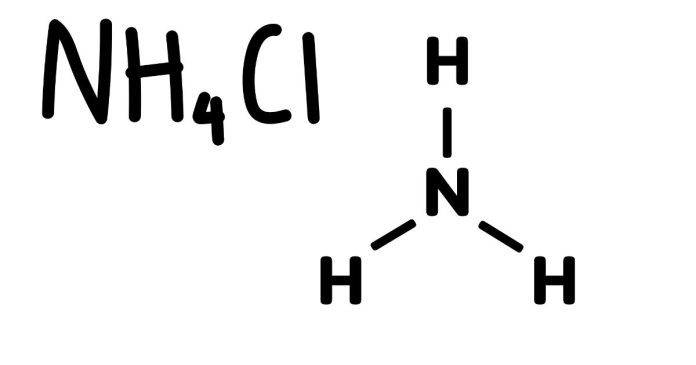How Could you Distinguish Between NH4Cl and AgCl?
NH₄Cl (ammonium chloride) and AgCl (silver chloride) can be distinguished using several methods:
Physical Properties
1. Appearance: AgCl is a white, insoluble solid, while NH₄Cl is a white, soluble solid.
2. Solubility: AgCl is insoluble in water, whereas NH₄Cl is highly soluble.
Chemical Tests
1. Silver Nitrate Test: Add a solution of silver nitrate (AgNO₃) to a solution of the unknown compound. If AgCl is present, no reaction will occur. If NH₄Cl is present, a white precipitate of AgCl will form.
2. Ammonia Test: Add a strong base, such as sodium hydroxide (NaOH), to a solution of the unknown compound. If NH₄Cl is present, ammonia gas (NH₃) will be released, which can be detected using a piece of moist litmus paper (turns blue) or a glass rod (forms a white fog).
3. Concentrated Nitric Acid Test: Add concentrated nitric acid (HNO₃) to a solution of the unknown compound. If AgCl is present, it will dissolve, forming a colorless solution. If NH₄Cl is present, it will not dissolve.
Instrumental Methods
1. X-Ray Fluorescence (XRF): This technique can be used to detect the presence of silver (Ag) or chlorine (Cl) in the compound.
2. Infrared (IR) Spectroscopy: The IR spectra of NH₄Cl and AgCl are distinct and can be used to identify the compounds.
By using one or a combination of these methods, you can distinguish between NH₄Cl and AgCl.


